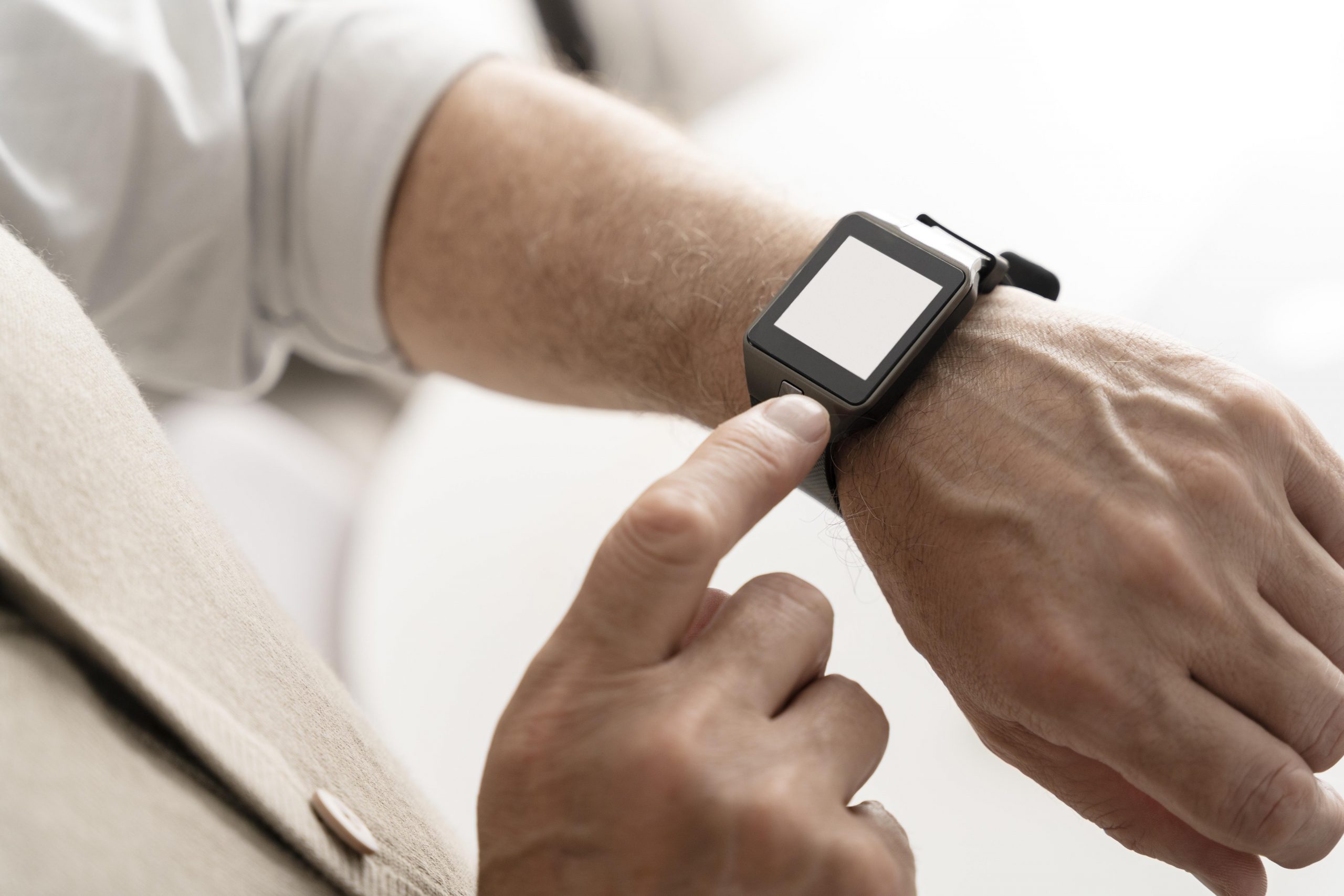

A novel wearable device developed by endocrine experts can help detect early warning signals of diseases caused by abnormal amounts of stress hormones. This is the first time that researchers have been able to track changes in people’s stress hormones throughout the day and night. The new interdisciplinary research coordinated by the Universities of Bristol, Birmingham, and Bergen has the potential to transform how stress hormone system disorders are detected and treated. The research, which was published today (June 21) in Science Translational Medicine, demonstrates how tracking adrenal steroid levels at high precision and over an extended time period can provide greater information about how hormone levels shift during the day (circadian).
Stress chemicals, such as cortisol, are essential for survival. Disruptions in their rhythms caused by disease and lifestyle variables are linked to depression, heart disease, obesity, diabetes, and even critical illness. However, experts have yet to define what normal rhythmicity in healthy daily life looks like.
A key issue has been that comprehending the meaning of a hormone test is extremely difficult or impossible if only a single time point is used, as this fails to account for hormonal rhythms. As a result, diagnostic delays occur, as do opportunities for therapeutic intervention.
Previously, the only way to get an accurate picture was to obtain repeated blood samples during a hospital or research unit stay, which was not only time-consuming and unpleasant but also stressful.
U-RHYTHM was created by scientists at the University of Bristol, designed by Designworks Windsor, and is offered through Dynamic Therapeutics, a spin-off firm of the University of Bristol. The wearable gadget is worn around the waist and takes painless and automatic samples from beneath the skin every 20 minutes, eliminating the need for blood collection. The approach also enables for sampling during sleep, work, and other daily activities for up to 72 hours in a single session.
The study, released today, shows the potential of the U-RHYTHM gadget by examining samples from 214 healthy individuals over the course of 24 hours. The team was able to build adrenal hormone profiles of healthy persons in real-world situations by using data from several time points over that timeframe. These data were used by mathematicians from the University of Birmingham’s Center for Systems Modeling and Quantitative Biomedicine to develop a new class of dynamic markers to better understand how a healthy hormonal profile should look depending on an individual’s sex, age, BMI, and other characteristics. These findings reveal what healthy hormone cycles look like in the community, in real-world settings, and could serve as a foundation for new, more accurate methods of diagnosing endocrine problems at a far earlier stage.
Dr. Thomas Upton, clinical research fellow in Automated Sampling at the University of Bristol and lead endocrinologist in the study, said, “Our results represent a paradigm shift in the understanding of how the stress hormone system works in healthy people. The information we have gathered forms an entirely new reference range which has the potential to revolutionize how diseases of the stress hormone system are diagnosed and treated.
Dr. Eder Zavala, assistant professor in mathematics at the University of Birmingham and lead mathematician in the study, added, “This is a fascinating new technology that is enabling us to make new discoveries about how hormonal regulation works, while the mathematical analysis is enabling us to generate new ideas about precision diagnosis and design personalized medicine interventions that better support patients.”
Stafford Lightman, professor of medicine at Bristol Medical School: Translational Health Sciences (THS) and a co-author on the study, explained, “Our results provide significant new insights into how the stress hormone system works in healthy people and emphasizes the importance of measuring change, not just sampling at single points. It also highlights the importance of measuring hormones during sleep, which has previously been impossible outside of a hospital.
“The ability to measure the dynamics of hormone secretion across the day and night in patients in their own home will not only improve our ability to accurately diagnose any abnormality in hormone secretion without the need for complex inpatient investigations but the whole diagnostic procedure can be performed from primary care and linked to newly available diagnostic algorithms. This will not only provide good, personalized medicine but will also allow the patient to follow their own hormone profiles during diagnosis and therapy and empower better patient: doctor discussions.”
more recommended stories
 Safer Allogeneic Stem Cell Transplants with Treg Therapy
Safer Allogeneic Stem Cell Transplants with Treg TherapyA new preclinical study from the.
 AI in Emergency Medicine and Clinician Decision Accuracy
AI in Emergency Medicine and Clinician Decision AccuracyEmergency teams rely on rapid, accurate.
 Innovative AI Boosts Epilepsy Seizure Prediction by 44%
Innovative AI Boosts Epilepsy Seizure Prediction by 44%Transforming Seizure Prediction in Epilepsy Seizure.
 Hypnosis Boosts NIV Tolerance in Respiratory Failure
Hypnosis Boosts NIV Tolerance in Respiratory FailureA New Approach: Hypnosis Improves NIV.
 Bee-Sting Microneedle Patch for Painless Drug Delivery
Bee-Sting Microneedle Patch for Painless Drug DeliveryMicroneedle Patch: A Pain-Free Alternative for.
 AI Reshapes Anticoagulation in Atrial Fibrillation Care
AI Reshapes Anticoagulation in Atrial Fibrillation CareUnderstanding the Challenge of Atrial Fibrillation.
 Hemoglobin as Brain Antioxidant in Neurodegenerative Disease
Hemoglobin as Brain Antioxidant in Neurodegenerative DiseaseUncovering the Brain’s Own Defense Against.
 Global Data Resource for Progressive MS Research (Multiple Sclerosis)
Global Data Resource for Progressive MS Research (Multiple Sclerosis)The International Progressive MS Alliance has.
 AI Diabetes Risk Detection: Early T2D Prediction
AI Diabetes Risk Detection: Early T2D PredictionA new frontier in early diabetes.
 Cancer Cells Learn to Self-Report: A New Frontier in Immunotherapy
Cancer Cells Learn to Self-Report: A New Frontier in ImmunotherapyHow a Drug Complex Enables Immune.

Leave a Comment